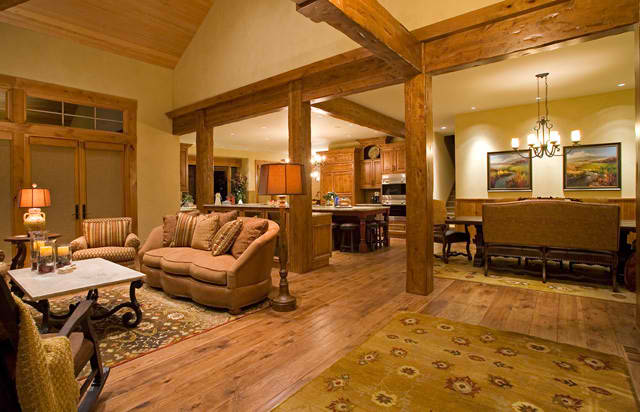Every room is different from the next. However, there is something that every interior decorator thinks about whenever he or she sets foot in a room – furniture arrangement. Think of a room as a blank canvass that is just awaiting the master’s creative hand and his many brilliant colors. When an interior decorator lands a blank canvass such as an empty room, he or she starts to come with various permutations on the placement of furnishings.
Nick Scali even agrees that the living room is one of the rooms in the house that you are virtually free to come up with furniture arrangements of all of sorts. But since rules improve the way that you can do things, below are some helpful tips on laying out the floor plan for your living room:
Take into consideration the angles of your room.
A living room is synonymously known as a sitting room for a reason — people sit there and while their time away. When you’re doing nothing in particular, your senses are the most active and that includes your sense of sight. This is why it’s very important for your living room to have a focal point which your guests, as well as you and the other inhabitants of the house, can enjoy. The focal point should be a strategic point of the room, and determining what is strategic all depends on what kind of room you have.
If you have a living room which opens to the outside such as a balcony or a terrace, then you hit pay dirt. You can position your sofa so that it faces the outdoors and your guests can revel in the beautiful scenery. Decorate all the other pieces of furniture in a manner that there is a clear sight of the focal point. On the other hand, if you have a open floor plan where a huge space houses your dining room and living room together, then you need to set boundaries in a crafty manner.
You do not want your guests to be ogling your empty dining table the entire time you’re having afternoon tea together so make sure that the focal point is opposite the direction of your dining room. With your sofa facing against the dining room part of the space, you can set a more appropriate focal point as well as demarcation.
A small room needs more space.
At least breathing space for the furnishings. By pulling pieces of furniture away from walls, you allow the furnishings to really be appreciated as they should be. And because you are “wasting” space by not using them, you are forced into picking only pieces of furniture which you need in your sitting room and passing over useless trinkets.
This technique of pulling stuff away also works best for spaces with lots of windows where the use of curtains become essential. When there aren’t any pieces on the way, the curtains can fall in a very casual manner and have that flow which is reminiscent of magazine-snapped pictures of elegant sitting rooms, according to furniture expert Nick Scali (ASX:NCK).
Tom Watts, the writer, loves blogging about home comfort and designs. He writes useful articles for clients who wants ready answers on the proper way to design one’s home. Tom also features stylish homes with practical approach to comfort and aesthetic.
